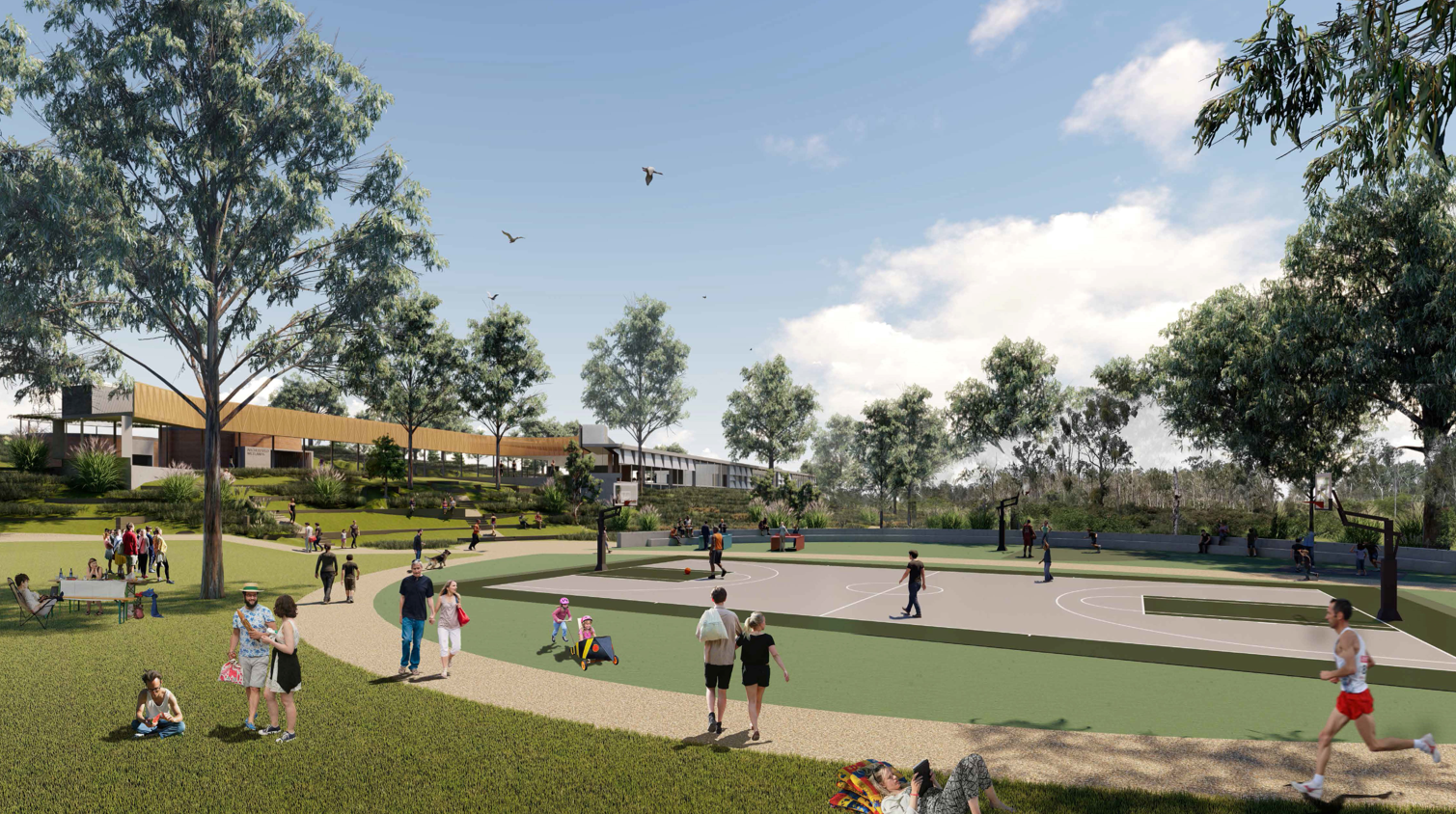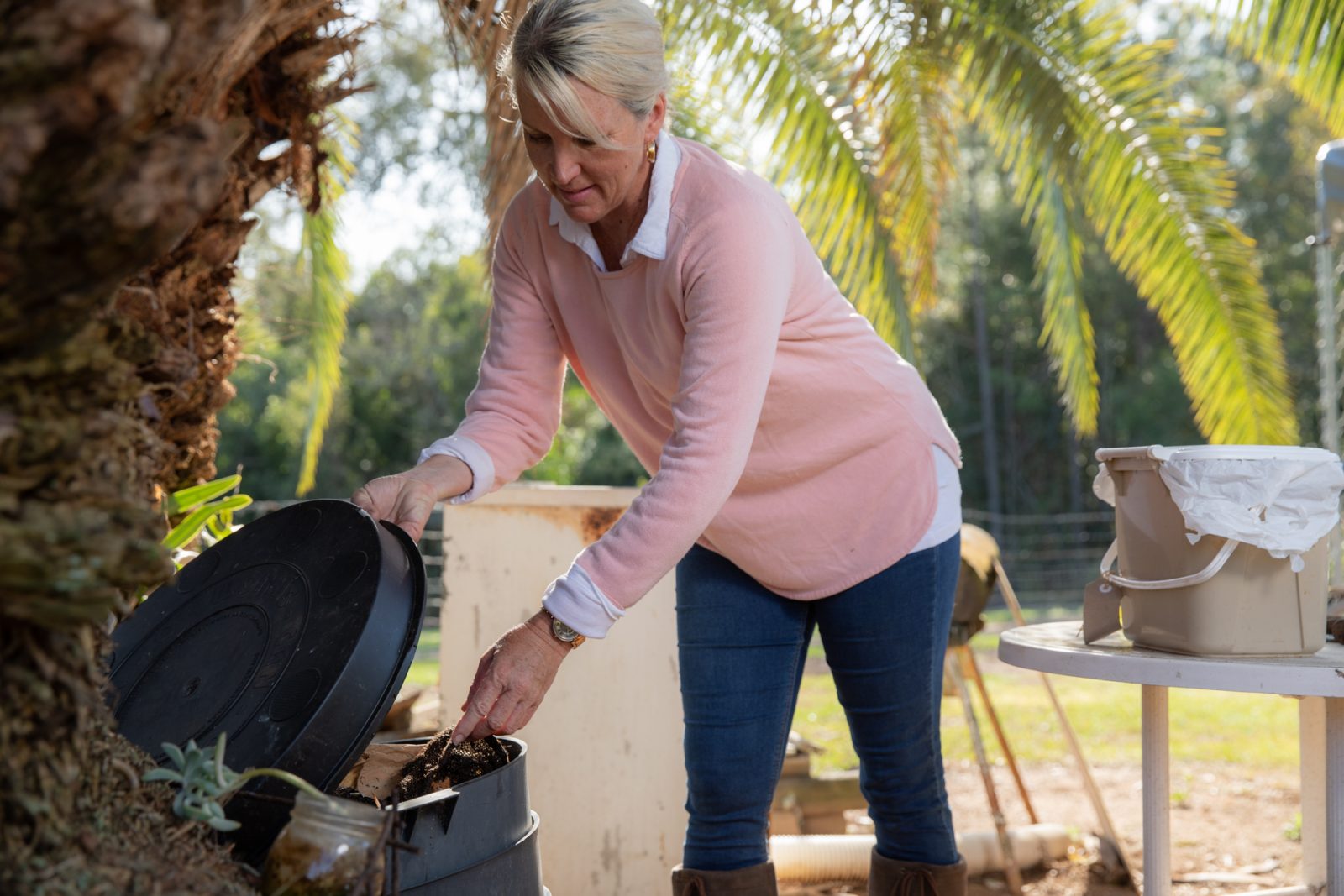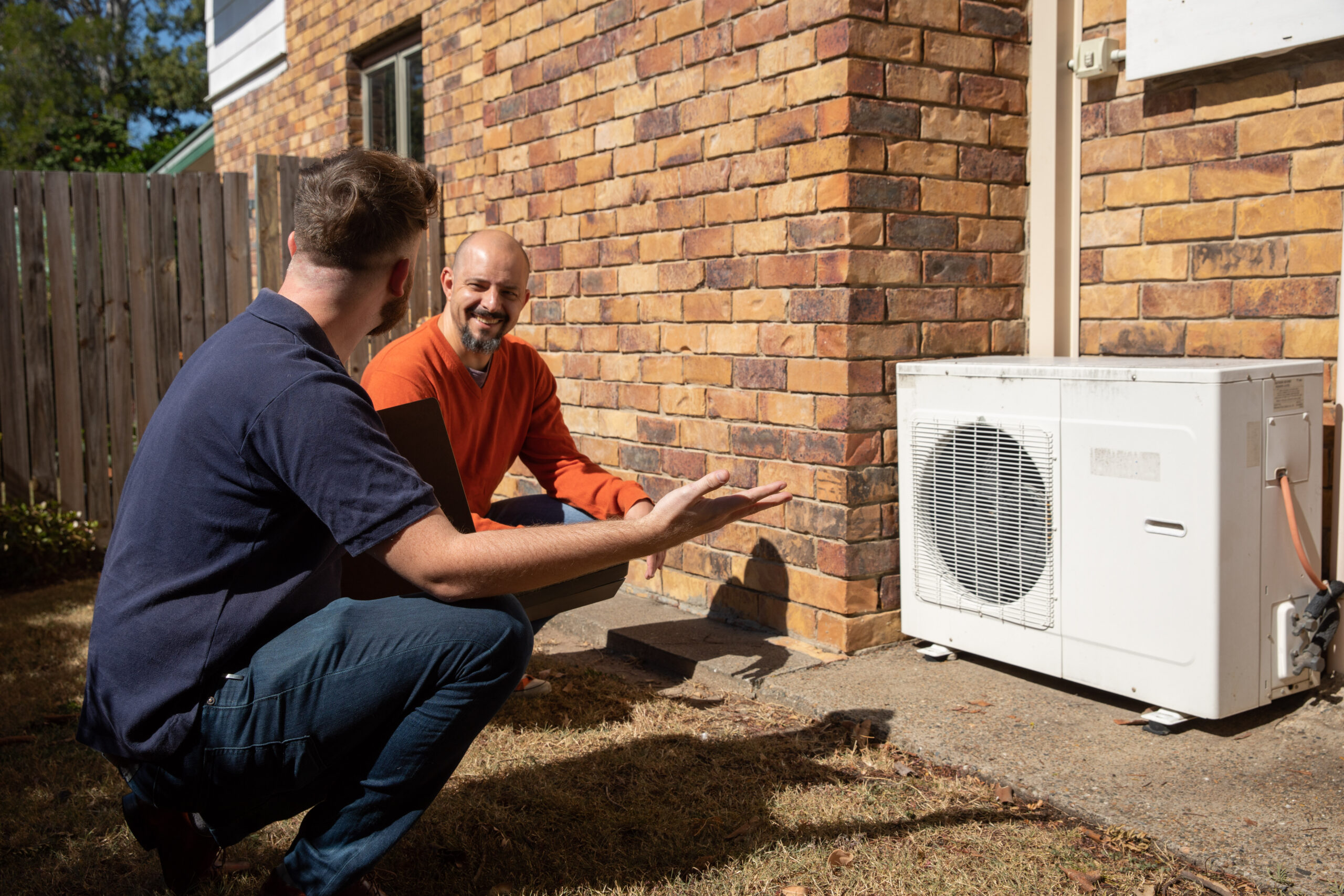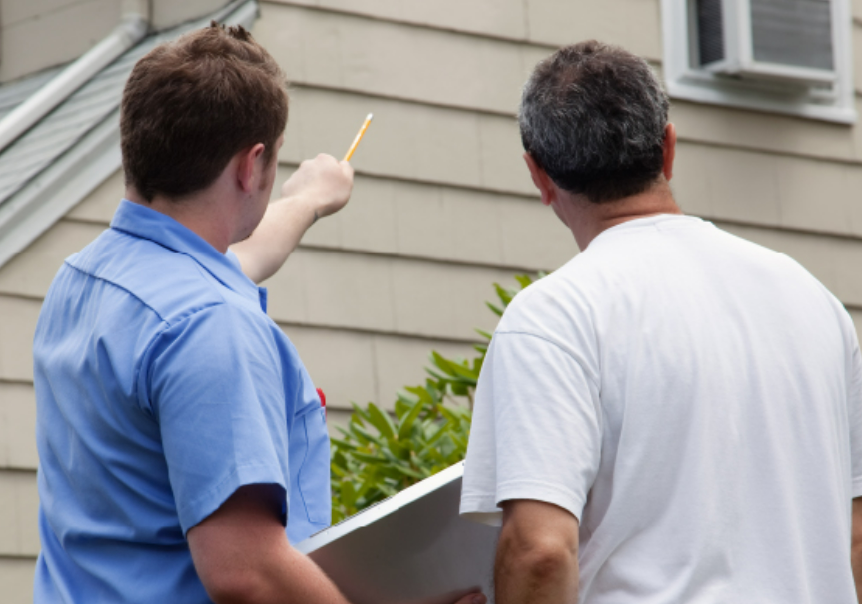The Sawers household
The story of a Brisbane Carbon Challenge champion household.
Household:
SINGLE
Dwelling:
HOUSE
Ownership:
OWN
Total emissions reduction: 28%
Original emissions:
9.1 tonnes
Transport: 5.6 tonnes
Energy: 2.4 tonnes
Waste: 1.1 tonnes
Reduced emissions:
6.5 tonnes
Transport: 6.1 tonnes
Energy: 0.3 tonnes
Waste: 0.1 tonnes
About the household
David Sawers lives by himself in his North Brisbane house. Most of his carbon footprint is made of transport emissions, but his new job further away from home limited his capability to reduce them when participating in the Brisbane Carbon Challenge. It didn’t discourage him to embrace changes to make a difference, so he focused on minimising waste and saving energy. It paid off as he achieved a notable 89% emissions reduction for those two emissions sources, resulting in a total emissions reduction of 28%.
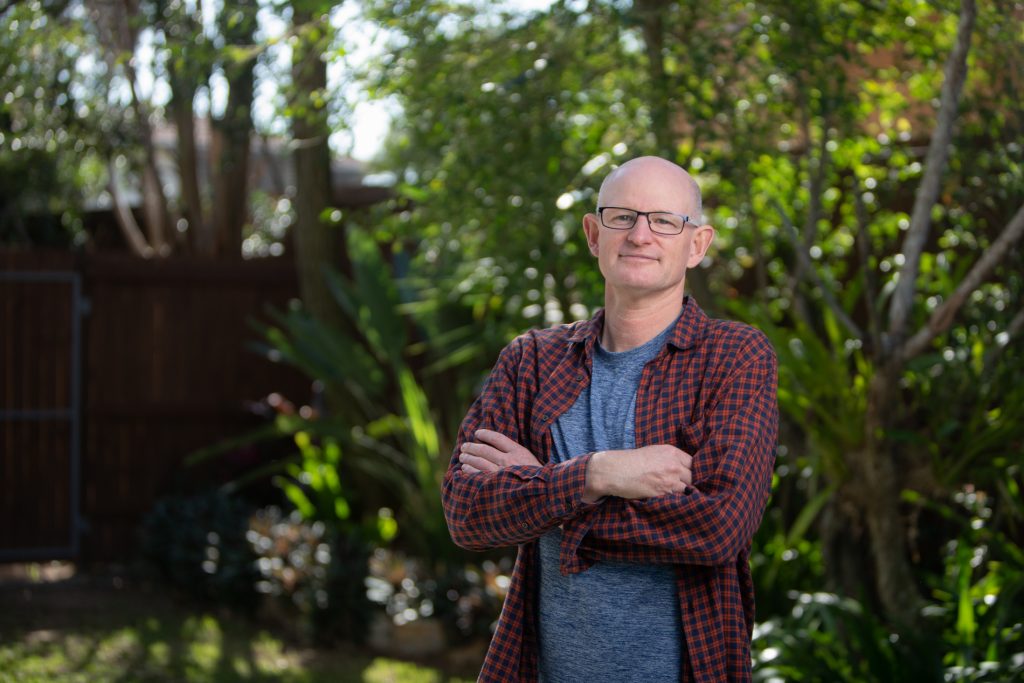
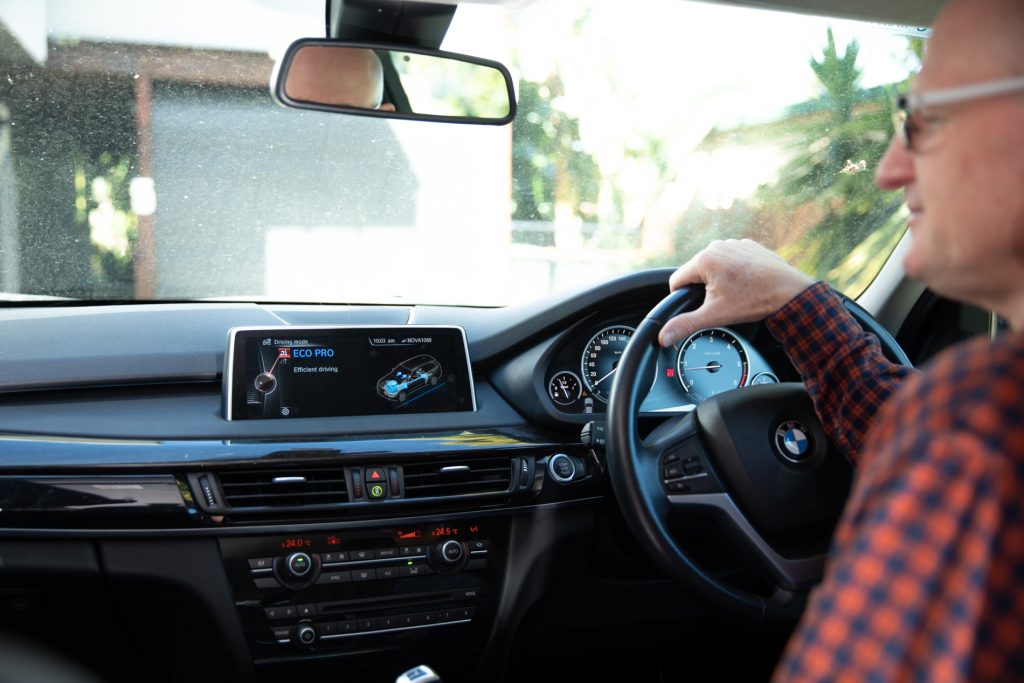
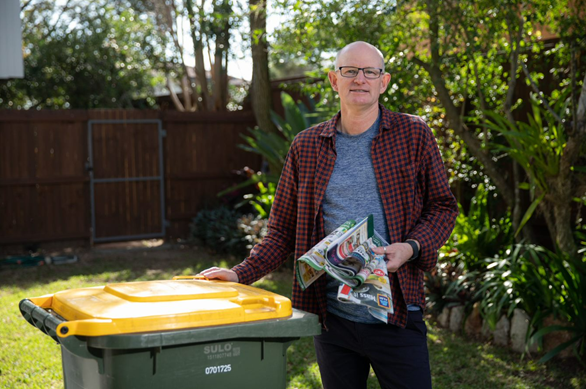
“I now excel at composting and waste management as I’ve made it an everyday habit and it’s easily achievable.“
David Sawers
Successes
90% waste emissions reduction
David’s waste emissions went from being almost double the Brisbane average to just 16% of it! With an impressive 90% reduction in his waste emissions, David found his ‘actual waste reduced significantly purely by being aware of [his] actions’.
To increase his knowledge about waste, David took part in Brisbane City Council’s Love Food Hate Waste online program and he’s now ‘more vigilant in purchasing products that are sustainable’ and is often ‘picking products with less packaging’.
Plus, David ensured all the waste he couldn’t avoid was going to the right place rather than landfill. His organic waste was either composted or added to his green bin, and his paper and cardboard waste was recycled.
Education leads to action
Prior to the Brisbane Carbon Challenge, David wasn’t aware of how to live a low-carbon life. He knew about the larger actions, such as roof insulation and solar, but didn’t realise a series of small actions could add up to make a big difference.
As part of the Brisbane Carbon Challenge, David calculated his carbon footprint, created a tailored action plan, attended low-carbon webinars and received monthly coaching emails full of tips, resources and information. All this helped him decide what to focus on based on his unique circumstances.
Aside from the waste actions mentioned above, David upgraded his air conditioner to a more efficient model, upgraded lights to LED and used smart devices to switch appliances off at the wall. He also made an informed choice to lower his footprint by sourcing renewable energy. After finding out the ‘[return-on-investment] didn’t stack up’ for solar power in his situation, he purchased 100% GreenPower from his energy retailer instead
Challenges
Job changes = emissions changes
At the beginning of the Brisbane Carbon Challenge, David made great progress in reducing his transport emissions. He scheduled his client meetings to cut down on trips and walked instead of using ride-share services. However, as David’s new job required a lengthy commute by car, his overall transport emissions slightly went up. David still managed to keep them under control by adopting eco-driving techniques to reduce his fuel consumption and by using his car less on weekends.
David’s low carbon action plan:
- purchased 100% renewable energy (GreenPower)
- upgraded air conditioner to a more efficient model
- replaced ride-share use with active transport
- adopted eco-driving techniques
- replaced desktop computer with laptop
- installed draught-sealing on windows
- used fans instead of the air conditioner
- upgraded lights to LED
- switched off appliances at the wall when not in use
- adjusted set-point on freezer
- took shorter showers
- recycled waste paper and cardboard
- reduced food waste
- composted food and garden waste
- used green bin service for garden waste.

